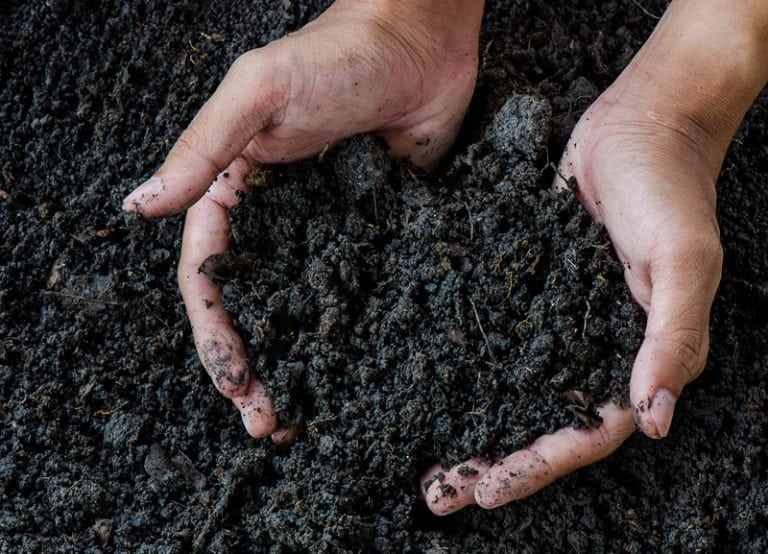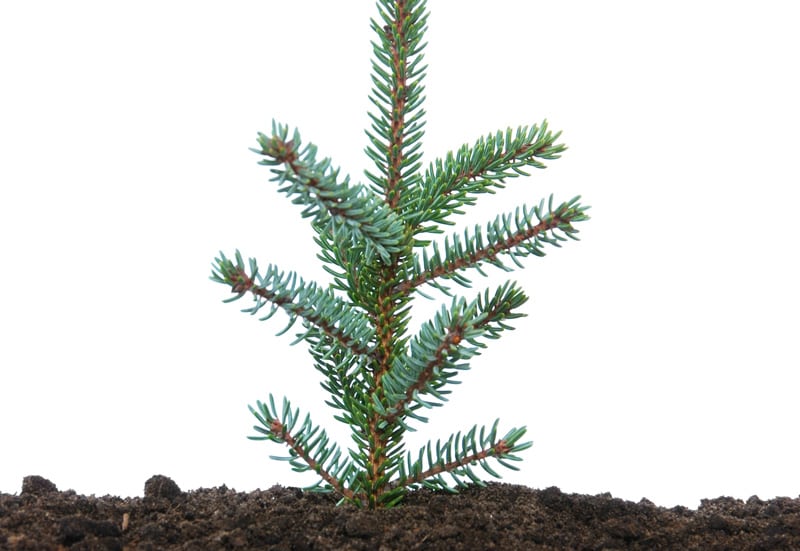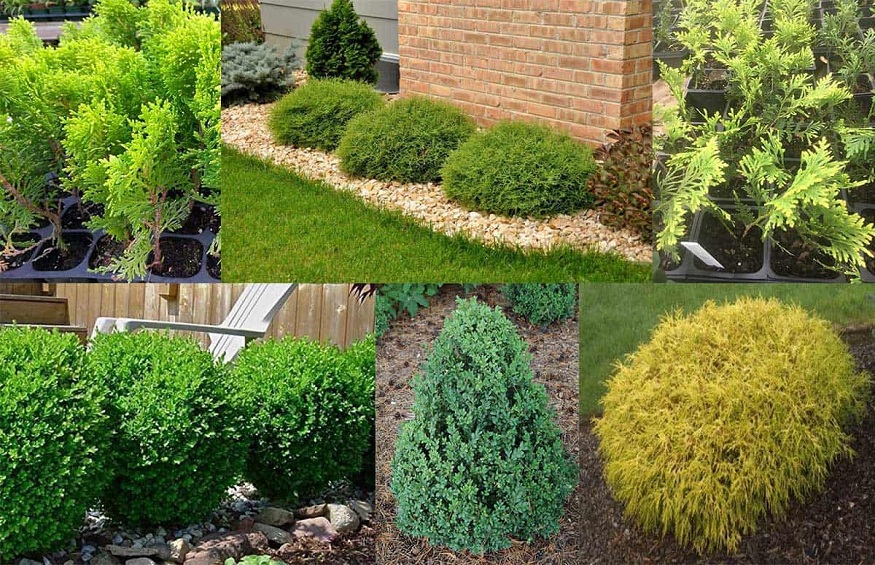Understanding Evergreen Tree Soil Preferences
Evergreen trees are known for their ability to thrive in a variety of conditions, but some species have specific requirements when it comes to soil. While they can tolerate a range of soil types, many evergreens have a preference for acidic soil. In fact, acidic soil is a common requirement for many evergreen species, and it plays a crucial role in their growth and development. But what exactly is acidic soil, and how does it benefit evergreen trees?
Acidic soil is characterized by a low pH level, typically below 7.0. This type of soil is rich in nutrients and has a high concentration of organic matter, which is essential for healthy tree growth. Evergreen trees that thrive in acidic soil include species such as the Fraser Fir, Balsam Fir, and Black Spruce. These trees have adapted to the unique conditions of acidic soil and are able to absorb the necessary nutrients and water to survive.
So, do evergreens like acidic soil? The answer is yes, many evergreen species have a strong preference for acidic soil. In fact, some evergreens are unable to thrive in soil with a high pH level, and may even experience stunted growth or dieback. This is because acidic soil provides the necessary conditions for these trees to absorb the nutrients they need to grow and develop.
Understanding the soil preferences of evergreen trees is essential for gardeners and landscapers who want to create an ideal environment for these trees. By providing the right soil conditions, you can help your evergreen trees thrive and enjoy optimal growth and development. Whether you’re planting a new evergreen tree or caring for an existing one, it’s essential to consider the soil preferences of the species and provide the necessary conditions for it to thrive.
What is Acidic Soil and How Does it Benefit Evergreens?
Acidic soil is a type of soil that has a low pH level, typically below 7.0. This type of soil is characterized by a high concentration of hydrogen ions, which makes it more acidic than neutral or alkaline soils. Acidic soil is often rich in organic matter, such as peat moss or compost, which helps to lower the pH level and create a more acidic environment.
So, how does acidic soil benefit evergreen trees? One of the main benefits of acidic soil is that it provides a more favorable environment for nutrient uptake. Many evergreen trees, such as the Fraser Fir and Balsam Fir, have adapted to thrive in acidic soils and are able to absorb the necessary nutrients and water to survive. Acidic soil also helps to increase the availability of micronutrients, such as iron and manganese, which are essential for healthy tree growth.
Another benefit of acidic soil is that it can help to increase the resistance of evergreen trees to disease. Many diseases that affect evergreen trees, such as root rot and needle blight, thrive in neutral or alkaline soils. By creating an acidic environment, gardeners and landscapers can help to reduce the risk of disease and promote healthy tree growth.
In addition to its benefits for nutrient uptake and disease resistance, acidic soil can also help to improve the overall health and appearance of evergreen trees. Acidic soil can help to promote healthy root growth, which is essential for the absorption of nutrients and water. It can also help to improve the color and texture of the needles, creating a more vibrant and healthy appearance.
Overall, acidic soil is an essential component of a healthy environment for evergreen trees. By understanding the benefits of acidic soil and how to create and maintain it, gardeners and landscapers can help to promote healthy tree growth and create a thriving ecosystem.
How to Test Your Soil pH and Adjust it for Evergreens
Testing your soil pH is a crucial step in determining whether your soil is suitable for evergreen trees. There are several ways to test your soil pH, including using a soil testing kit or sending a sample to a laboratory for analysis. Soil testing kits are available at most gardening stores and can provide a quick and easy way to determine your soil pH.
To use a soil testing kit, simply follow the instructions provided with the kit. Typically, you will need to collect a small sample of soil from the area where you plan to plant your evergreen tree. Mix the soil with a small amount of water to create a paste, and then dip the testing strip into the paste. The testing strip will change color based on the pH level of your soil.
If your soil pH is too high, you can lower it by adding elemental sulfur or peat moss. Elemental sulfur is a natural substance that can help to lower soil pH, while peat moss is a type of acidic soil amendment that can help to create a more acidic environment. To add elemental sulfur or peat moss to your soil, simply mix it into the top 6-8 inches of soil.
Another way to adjust your soil pH is to add organic matter such as compost or well-rotted manure. These materials can help to lower soil pH and create a more acidic environment. However, it’s essential to note that adding organic matter can take time to have an effect on soil pH, so it’s best to plan ahead and make adjustments before planting your evergreen tree.
When adjusting your soil pH, it’s essential to remember that evergreen trees prefer a slightly acidic to acidic soil pH, typically between 6.0 and 6.5. Avoid over-adjusting your soil pH, as this can cause more harm than good. Instead, aim to create a balanced soil environment that will support the health and growth of your evergreen tree.
By following these steps, you can test and adjust your soil pH to create an ideal environment for your evergreen tree. Remember to monitor your soil pH regularly and make adjustments as needed to ensure optimal tree health.
Evergreen Tree Species that Thrive in Acidic Soil
While many evergreen tree species can tolerate a range of soil conditions, some species are particularly well-suited to acidic soil. Here are a few examples of evergreen tree species that thrive in acidic soil:
The Fraser Fir (Abies fraseri) is a popular Christmas tree species that prefers acidic soil with a pH between 6.0 and 6.5. This tree is native to the Appalachian Mountains and is known for its dark green needles and strong branches.
The Balsam Fir (Abies balsamea) is another evergreen tree species that thrives in acidic soil. This tree prefers a slightly acidic to acidic soil pH, typically between 5.5 and 6.5. The Balsam Fir is native to northeastern North America and is known for its fragrant needles and symmetrical shape.
The Black Spruce (Picea mariana) is a slow-growing evergreen tree species that prefers acidic soil with a pH between 5.5 and 6.5. This tree is native to northern North America and is known for its dark green needles and conical shape.
Other evergreen tree species that thrive in acidic soil include the Eastern White Pine (Pinus strobus), the Red Spruce (Picea rubens), and the Northern White Cedar (Thuja occidentalis). These trees are all well-suited to acidic soil and can provide a beautiful and sustainable option for landscaping and gardening.
When planting evergreen trees in acidic soil, it’s essential to choose species that are well-suited to the local climate and soil conditions. By selecting the right tree species and providing the right growing conditions, you can help ensure the health and longevity of your evergreen trees.
The Importance of Proper Soil Preparation for Evergreen Trees
Proper soil preparation is essential for the health and growth of evergreen trees, especially when planting in acidic soil. Before planting, it’s crucial to ensure that the soil is well-draining, aerated, and rich in nutrients. This can be achieved by adding organic matter such as compost or well-rotted manure to the soil.
Adequate drainage is also vital for evergreen trees, as they are susceptible to root rot and other problems associated with waterlogged soil. To improve drainage, consider adding perlite or vermiculite to the soil, or installing a French drain system.
Evergreen trees also require adequate aeration to thrive. This can be achieved by loosening the soil to a depth of 12-18 inches, and adding organic matter to improve soil structure. Proper aeration will help to promote healthy root growth and prevent problems associated with compacted soil.
In addition to drainage and aeration, evergreen trees require a balanced diet of nutrients to thrive. This can be achieved by adding a slow-release fertilizer to the soil, or by using a balanced fertilizer specifically formulated for evergreen trees.
When preparing the soil for evergreen trees, it’s also essential to consider the specific needs of the tree species. For example, some evergreen trees prefer a slightly acidic to acidic soil pH, while others prefer a more neutral soil pH. By understanding the specific needs of the tree species, you can create an ideal environment for optimal growth and health.
By following these tips and taking the time to properly prepare the soil, you can help ensure the health and longevity of your evergreen trees. Remember, proper soil preparation is a critical step in creating an ideal environment for evergreen trees, and can make all the difference in their growth and development.
Common Mistakes to Avoid When Growing Evergreens in Acidic Soil
While acidic soil can be beneficial for evergreen trees, there are several common mistakes to avoid when growing these trees in acidic soil. One of the most common mistakes is over-fertilization. Evergreen trees growing in acidic soil may require less fertilizer than those growing in neutral or alkaline soil, as the acidic soil can provide a natural source of nutrients.
Another mistake to avoid is inadequate watering. Evergreen trees growing in acidic soil may require more frequent watering, as the acidic soil can dry out quickly. However, it’s essential to avoid overwatering, as this can lead to root rot and other problems.
Poor soil preparation is another common mistake to avoid when growing evergreen trees in acidic soil. This can include failing to test the soil pH, not adding organic matter to improve soil structure, and not providing adequate drainage. By avoiding these mistakes, you can help ensure the health and longevity of your evergreen trees.
Additionally, it’s essential to avoid planting evergreen trees in acidic soil that is too dense or compacted. This can prevent the roots from growing properly and can lead to a range of problems, including root rot and poor tree growth. By loosening the soil and adding organic matter, you can help create a well-draining and aerated soil environment that is ideal for evergreen trees.
Finally, it’s essential to avoid neglecting regular maintenance when growing evergreen trees in acidic soil. This can include failing to prune the trees regularly, not monitoring soil pH, and not fertilizing the trees as needed. By staying on top of regular maintenance, you can help ensure the health and longevity of your evergreen trees.
By avoiding these common mistakes, you can help create an ideal environment for your evergreen trees to thrive in acidic soil. Remember, with proper care and attention, evergreen trees can provide a beautiful and sustainable option for landscaping and gardening.
Acidic Soil and Evergreen Tree Care: Ongoing Maintenance Tips
Once you’ve planted your evergreen trees in acidic soil, it’s essential to provide ongoing maintenance to ensure optimal tree health. One of the most critical aspects of evergreen tree care is regular soil testing. This will help you monitor the soil pH and adjust it as needed to ensure that your trees are receiving the necessary nutrients.
In addition to regular soil testing, it’s also essential to fertilize your evergreen trees regularly. However, be careful not to over-fertilize, as this can damage the trees and the environment. Instead, use a balanced fertilizer that is specifically formulated for evergreen trees, and follow the instructions carefully.
Pruning is another essential aspect of evergreen tree care. Regular pruning will help maintain the shape and size of your trees, and will also promote healthy growth and development. When pruning, be sure to remove any dead or damaged branches, and cut back any overgrown branches to maintain a balanced shape.
Monitoring soil pH is also crucial for evergreen tree care. Acidic soil can be prone to nutrient deficiencies, so it’s essential to monitor the soil pH regularly and adjust it as needed. You can use a soil testing kit to check the soil pH, and adjust it by adding elemental sulfur or peat moss as needed.
Finally, it’s essential to keep an eye out for pests and diseases that can affect evergreen trees growing in acidic soil. Regularly inspect your trees for signs of pests or diseases, and take action promptly if you notice any problems. By providing ongoing maintenance and care, you can help ensure the health and longevity of your evergreen trees.
By following these tips and providing ongoing maintenance, you can help create an ideal environment for your evergreen trees to thrive in acidic soil. Remember, with proper care and attention, evergreen trees can provide a beautiful and sustainable option for landscaping and gardening.
Conclusion: Creating an Ideal Environment for Evergreen Trees
In conclusion, acidic soil is a crucial component of an ideal environment for evergreen trees. By understanding the importance of acidic soil and how to create and maintain it, gardeners and landscapers can help ensure the health and longevity of their evergreen trees.
To create an ideal environment for evergreen trees, it’s essential to provide acidic soil with a pH between 6.0 and 6.5. This can be achieved by testing the soil pH and adjusting it as needed, adding organic matter to improve soil structure, and using elemental sulfur or peat moss to lower soil pH.
In addition to acidic soil, evergreen trees require adequate drainage, aeration, and nutrient availability. This can be achieved by preparing the soil properly before planting, including adding organic matter and ensuring adequate drainage.
Regular maintenance is also crucial for evergreen trees growing in acidic soil. This includes regular soil testing, fertilization, and pruning to ensure optimal tree health.
By following these tips and creating an ideal environment for evergreen trees, gardeners and landscapers can help ensure the health and longevity of these beautiful and sustainable trees.
So, do evergreens like acidic soil? The answer is yes, many evergreen species thrive in acidic soil. By providing the right conditions, including acidic soil, adequate drainage, and regular maintenance, gardeners and landscapers can help ensure the health and longevity of their evergreen trees.








